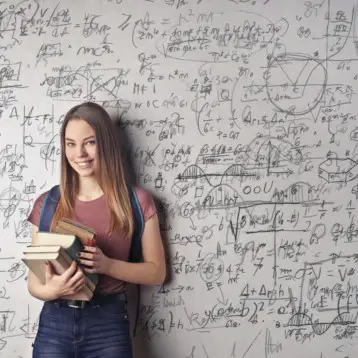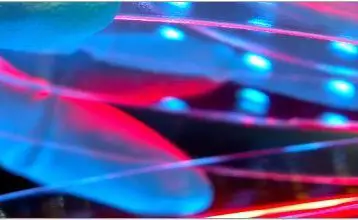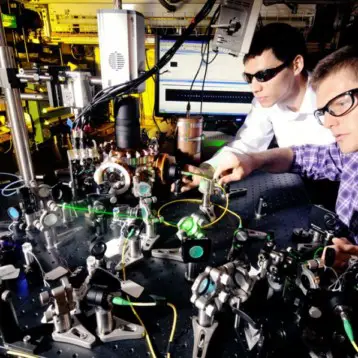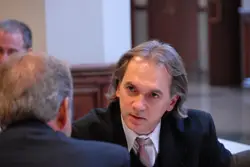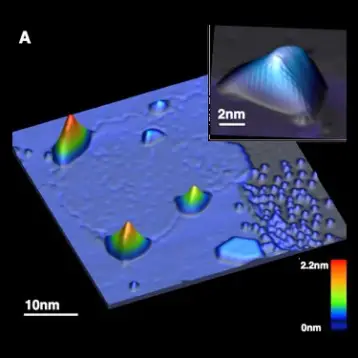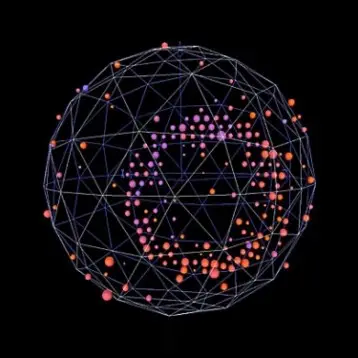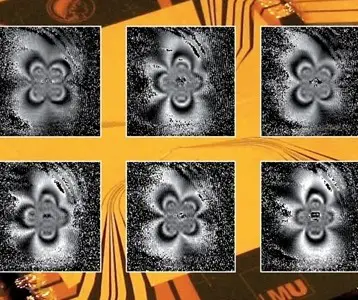|
Quantum computers are used for computation, just like any other computer; however, unlike regular PCs, they make direct use of quantum mechanical phenomena, such as superposition and entanglement. Another difference is that traditional computers are based on simple transistors – and quantum computers use more sophisticated mechanisms, called qubits.
Researchers around the world are working on the development of quantum computers. Such computers could solve problems that traditional computers cannot solve, since they are vastly superior to present-day computers. Here, the strong coupling of quantum bits with light quanta plays a pivotal role. Professor Rudolf Gross, a physicist at the Technische Universitaet Muenchen (TUM) and his team of researchers have published an article in the journal Nature Physics, detailing experiments that show interaction between light and matter.
We encounter this interaction on a daily basis; for instance, a car that heats up like an oven in the summer, or light-emitting diodes that convert electricity into light. The interaction between light and matter represents one of the most fundamental processes in physics, and understanding it through atoms and photons (individual light particles) is crucial for the development of a quantum computer.
The TUM team used a cavity resonator with exactly one light particle and one atom captured inside; it is the simplest system for investigating the interactions between light and matter. However, the interaction is very weak, requiring the experimenters to carefully plan their approach. A much stronger interaction can be obtained with nano-structured circuits in which metals like aluminum become superconducting at temperatures just above absolute zero (circuit QED); when properly configured, the billions of atoms in the merely nanometer thick conductors behave like a single artificial atom. At this state they obey the laws of quantum mechanics. When dealing with quantum computing, the goal is to obtain a system with two energy states, a so-called quantum bit (“qubit”, for short).
The team of physicists used this method to custom tailor circuitry, creating various designs and measuring each one’s capacity. To facilitate the measurements, Professor Gross captured the photon in a special box, a resonator. It consists of a superconducting niobium-conducting path that is configured with strongly reflective “mirrors” for microwaves at both ends. In this resonator, the artificial atom made of an aluminum circuit is positioned so that it can optimally interact with the photon. By adding another superconducting component into their circuit, the researchers achieved ultra-strong interactions.
Results showed that the interaction strength was up to twelve percent of the resonator frequency. This makes it ten times stronger than the effects previously measured in circuit QED systems and thousands of times stronger than in a true cavity resonator. However, along with their success the researchers also created a new problem – the effect does not comply with previously established theories. ”The spectra look like those of a completely new kind of object,” Professor Gross said. “The coupling is so strong that the atom-photon pairs must be viewed as a new unit, a kind of molecule comprising one atom and one photon.”
Although experimental and theoretical physicists will need some time to examine this more closely, the examples shown in the TUM study – of targeted atom-photon manipulations – might provide clues to quanta-based information processing. In other words, the experiments conducted in this research could hold the key to future quantum computers.
TFOT covered another recent advancement towards a quantum computer, made by an international team of researchers. Other related TFOT stories include the development of new quantum lasers that emit more light than heat, made by researchers from Northwestern University, and the lengthening of quantum bit memory, achieved by using lasers.
For more information about TUM’s study, see the university’s website.



